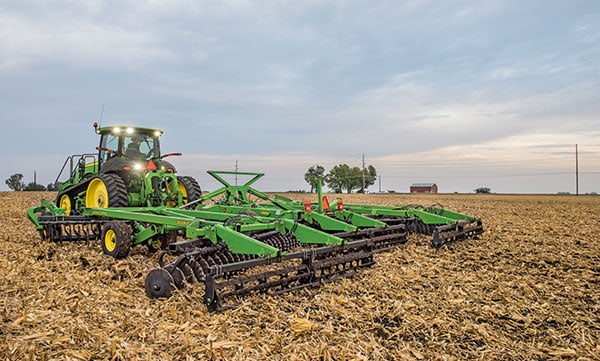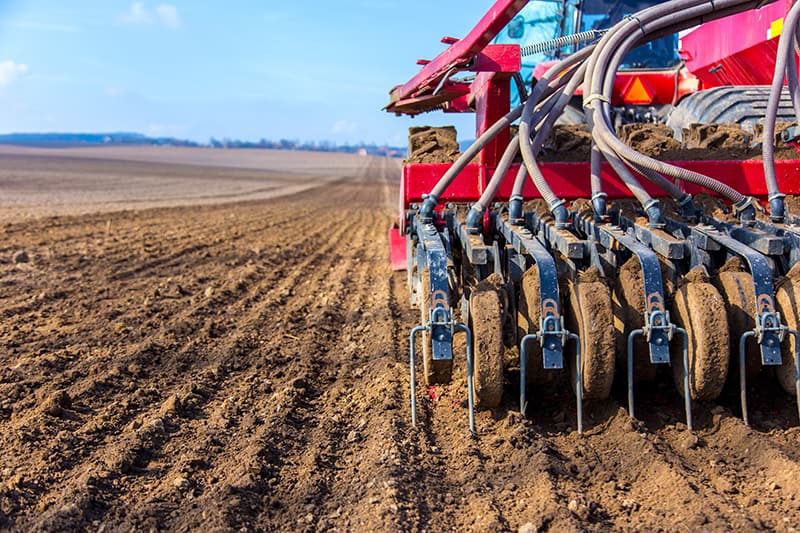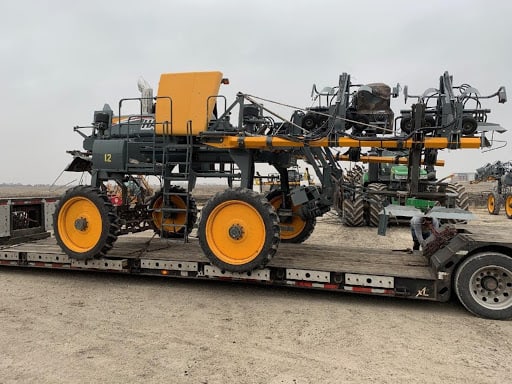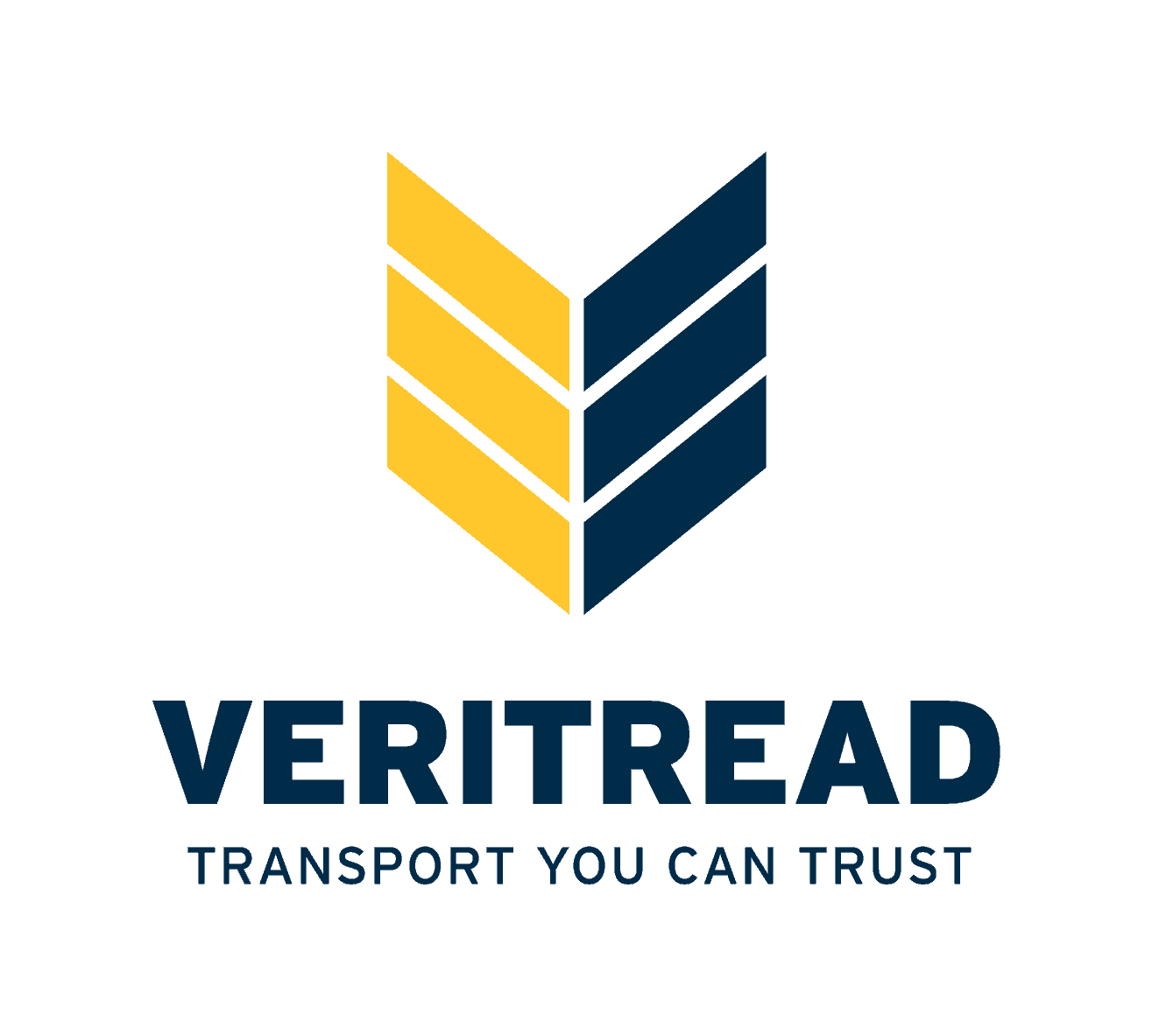
Tillage Equipment Transport

LIST YOUR FREIGHT
CONNECT WITH A CARRIER
SIT BACK & RELAX
What are Agriculture Tillage Equipment?

Best Practices for Transporting your Tillage Equipment
We work with thousands of vetted and certified carriers that specialize in Agriculture Equipment Transport.
Tillers are large and awkward, shipping these isn't always easy. Due to the size of disks, field rippers, plows, and other large tillage machines, you’ll need to dismantle some parts for transport. Individual wings may be able to lie on a flatbed trailer, but anything that must stand upright may require a drop-deck trailer.
Flatbeds are the most common type of trailer used to haul heavy equipment. Flatbed trailers stand about 5 feet above ground and provide around 13.5 feet of total clearance to work with, which accommodates equipment with a height of up to around 8.5 ft. Flatbeds can handle the standard 8.5 ft of width and roughly 48,000 pounds of weight, but limits can vary by state.
Step-deck trailers can be loaded from the side, rear, or overhead. Many step-deck trailers also have ramps that enable machinery to be driven onto and off of the trailer, eliminating the need for extra loading equipment. Step-deck trailers usually handle a maximum weight between 48,000 and 53,000 lbs, a maximum height for the lower deck of around 10 ft, and an 8.5-ft width.
Lowboys offer the greatest amount of height clearance, but are typically the most expensive option. Lowboys can haul loads up to 12 ft tall weighing between 40,000 and 80,000 lbs, depending on the number of axles.
In order to avoid costly fees, it is best practice for companies handling wide loads (loads that are larger than the standard size) to separate equipment into smaller pieces and remove any wheels before moving. This can save time on shipping as well as money in some cases. It may be possible to fit certain equipment onto flatbeds if they have been removed from their original base or folded up correctly beforehand. Drain the fluids, clean out any loose items in the cabin, and secure any moving parts to prevent damage during transit. Be sure to check with state ordinances as there may be additional steps along your haulage route.
Trust VeriTread with your Agriculture Equipment Transport
We work with thousands of vetted and certified carriers that specialize in construction transport.

